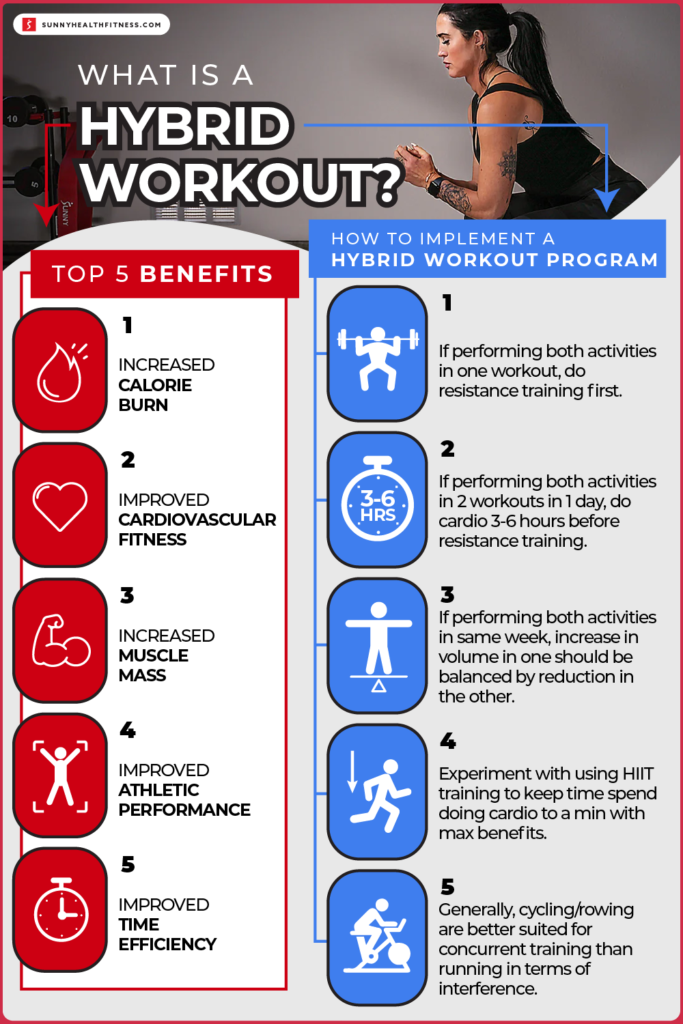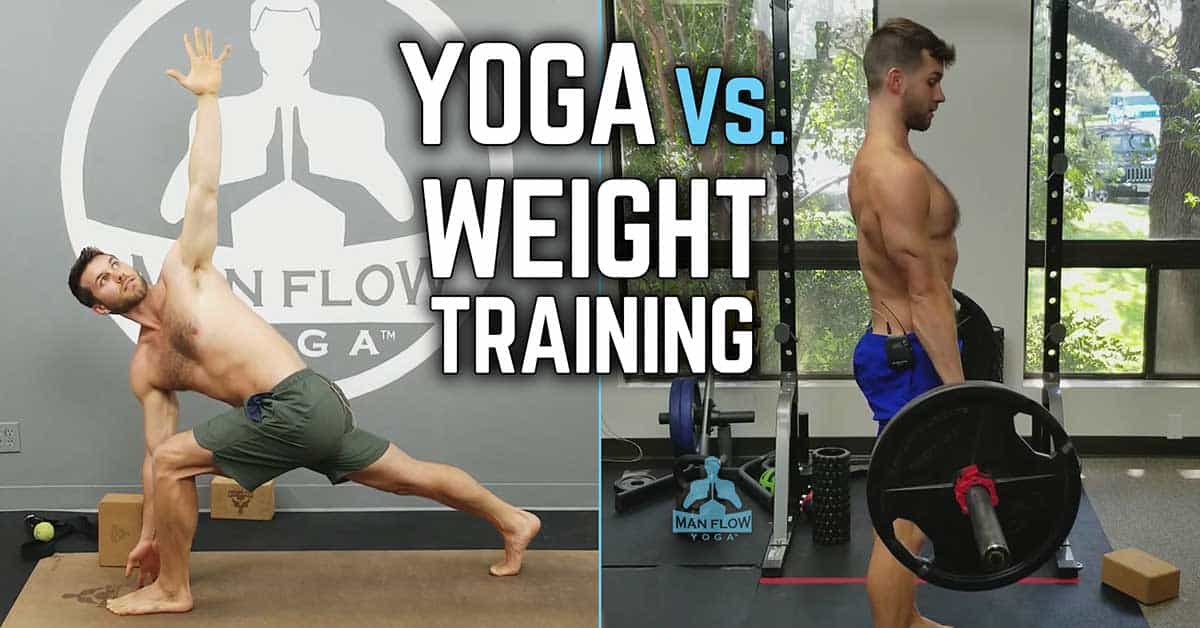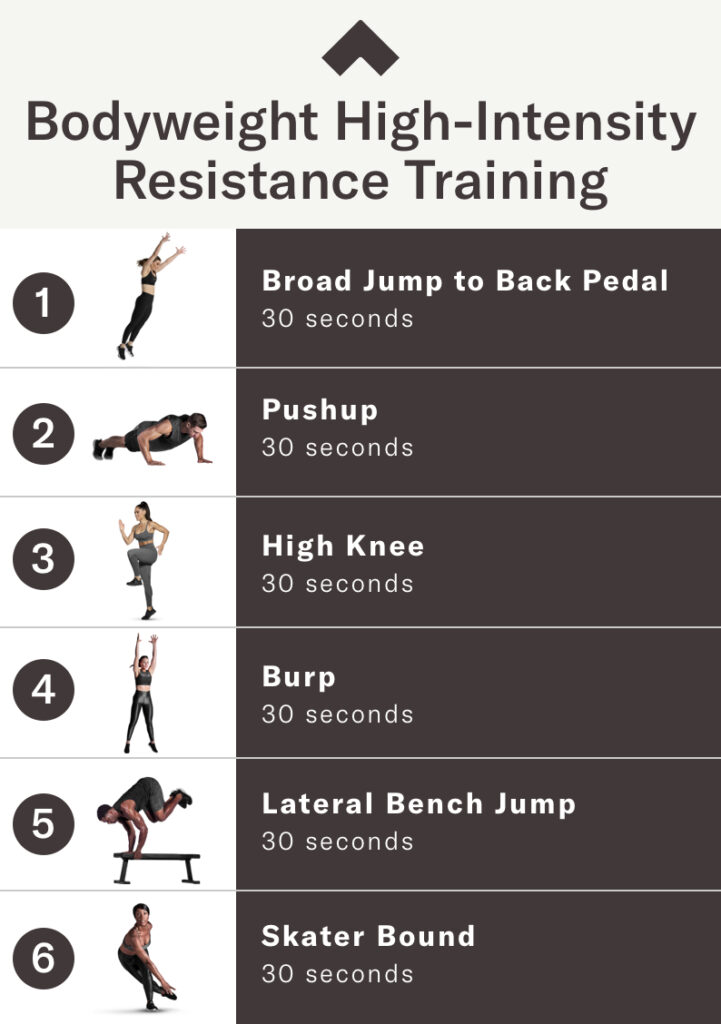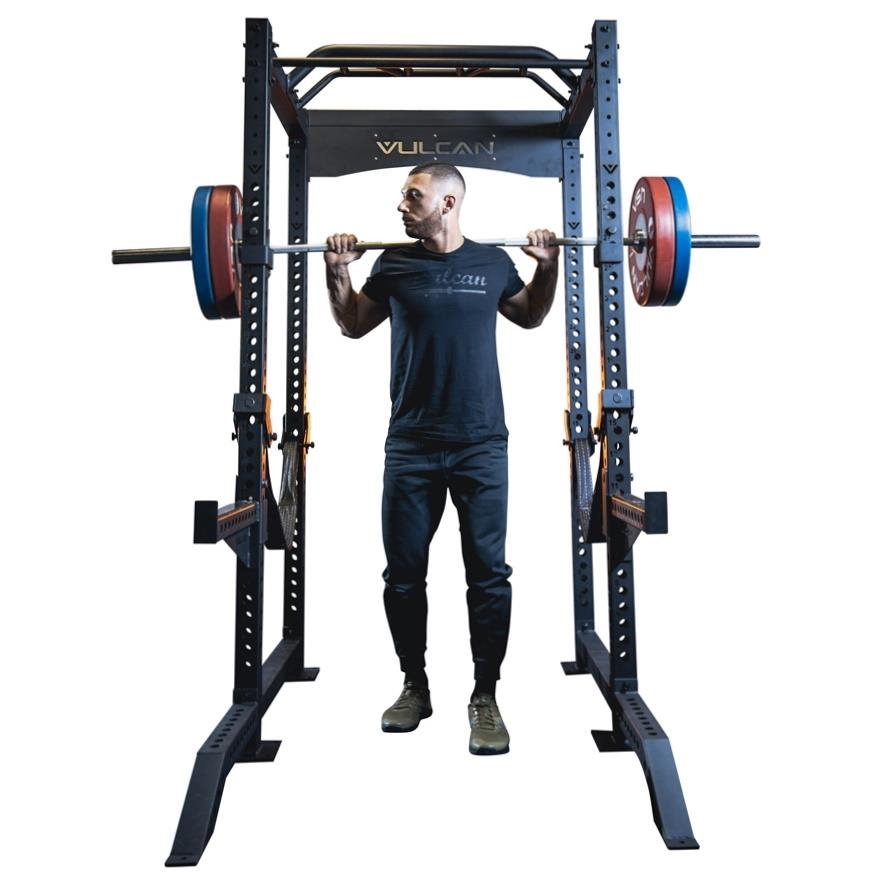Hybrid strength training combines elements of both strength training and endurance exercises. It aims to enhance muscle strength and cardiovascular fitness simultaneously.
This training approach blends weightlifting with cardiovascular exercises, creating a balanced workout routine. It allows individuals to build muscle and improve endurance in one efficient session. The combination of these two types of exercises helps in burning more calories, increasing metabolic rate, and improving overall athletic performance.
Hybrid strength training is ideal for those looking to maximize their workout efficiency and achieve well-rounded fitness. It caters to a wide range of fitness levels and can be tailored to meet specific goals, making it a versatile and effective workout strategy.
Introduction To Hybrid Strength Training
Fitness regimens have changed over the years. People used to focus on either cardio or strength training. Now, many prefer a mix of both. This blend creates a more balanced workout. It helps improve endurance and muscle strength. Combining different exercises keeps workouts fun and challenging.
Hybrid strength training combines various exercise methods. It mixes weightlifting with cardio exercises. This training helps in building both muscle and endurance. It is perfect for those wanting a balanced fitness approach. It suits all fitness levels and goals.
Key Components Of Hybrid Training
Hybrid strength training combines traditional weightlifting with functional movements and endurance exercises. This approach enhances muscle growth, cardiovascular fitness, and overall performance. Balancing strength and conditioning, it offers a comprehensive workout regime.
Resistance Training Fundamentals
Resistance training builds muscle strength. It uses weights or body weight. Common exercises include squats, deadlifts, and push-ups. Proper form is essential to avoid injuries. Start with lighter weights and increase gradually. Aim for consistency in your workouts.
Cardiovascular Exercises
Cardiovascular exercises improve heart health. Running, cycling, and swimming are popular choices. These exercises burn calories and boost stamina. Aim for at least 30 minutes of cardio daily. Mix different activities to keep it fun and engaging.
Flexibility And Mobility Workouts
Flexibility and mobility workouts prevent injuries. They keep your joints healthy. Common activities include yoga and stretching exercises. Stretch all major muscle groups. Hold each stretch for at least 20 seconds. Perform these workouts regularly for best results.
Benefits Of Combining Training Modalities
Combining training types can make you stronger and faster. Strength training builds muscle power. Cardio improves your stamina. Together, they help you perform better in sports. You will feel more energetic and ready.
Hybrid training helps you lose fat and gain muscle. Strength exercises build lean muscle. Cardio burns calories and reduces fat. The result is a fit and toned body. Your clothes will fit better too.
Mixing training methods keeps your muscles balanced. Strong muscles support your joints better. This reduces the chance of injuries. You stay healthy and can train more often.
Designing A Hybrid Training Program
Start by measuring your current fitness. Use simple tests like push-ups, squats, and running. Track your results for each exercise. This will help you set realistic goals. Knowing your baseline helps in monitoring progress. Always be honest with yourself.
Combine strength training with cardio. Strength training builds muscles. Cardio improves heart health. Use different exercises to target all muscle groups. Mix weightlifting, running, and yoga. This keeps your routine interesting. Balance is key for overall fitness.
Start with easy exercises. Gradually increase difficulty each week. This is called progressive overload. Track your workouts in a journal. Adjust your plan based on your progress. Always listen to your body. Rest if you feel pain.
Incorporating Functional Movements
Functional movements help with daily tasks. These exercises mimic actions like lifting groceries. They make daily chores easier. Squats, lunges, and push-ups are great examples. They strengthen muscles used in real life. This helps prevent injuries. Training this way is very effective.
Real-world strength is useful. It helps in everyday life. For example, lifting a heavy box. Deadlifts and rows build this kind of strength. These moves target multiple muscles. This makes them efficient. They also improve balance and coordination. Such training is practical and beneficial.

Credit: www.amazon.com
Nutrition For Hybrid Athletes
Carbohydrates provide energy for intense workouts. They should make up 50-60% of your diet. Proteins help with muscle repair. Aim for 20-30% of your daily intake. Fats support overall health. They should be 20-30% of your diet. Adjust these ratios based on your goals.
Drinking enough water is crucial. Aim for at least 8 cups a day. Post-workout, electrolytes help with recovery. Foods like bananas and nuts are great choices. Sleep is also important for muscle repair. Aim for 7-9 hours each night.
Recovery Strategies In Hybrid Training
Rest days are crucial for muscle recovery and growth. During rest, muscles repair and become stronger. Skipping rest can lead to overtraining and injury. It is vital to schedule regular rest days to recharge. Rest helps to reduce fatigue and improve performance.
Active recovery includes light activities like walking or yoga. These activities boost blood flow without straining the muscles. Mobility drills enhance flexibility and joint health. Simple exercises, like stretching, can help to release tension. Regular mobility work can also prevent injuries.
Success Stories And Case Studies
Many people have found great success with hybrid strength training. One man lost 50 pounds and gained muscle. A woman improved her marathon time by 20 minutes. These stories inspire others to try hybrid training. Each journey shows that hard work pays off.
Elite athletes mix different training styles to stay in top shape. They combine weightlifting, running, and flexibility exercises. This helps them avoid injuries and boosts their performance. They also focus on balanced nutrition. Learning from these athletes can guide your own training.
Technology And Tools For Enhanced Training
Wearable fitness trackers are great for monitoring progress. They can track heart rate, calories burned, and steps taken. Many devices also offer sleep tracking. This helps users understand their sleep patterns. Wearable trackers can sync with apps. This provides detailed insights into workouts.
Apps and online platforms provide workout plans and nutrition advice. Many apps have video tutorials. These tutorials can guide users through exercises. Some platforms offer virtual coaching. This allows for personalized feedback. Many apps also track progress over time.
Challenges And Solutions In Hybrid Training
Hitting a plateau can be frustrating. To break through, change your routine. Try new exercises or increase weights. Rest and recovery are also key. Your muscles need time to heal. Nutrition plays a big role too. Eat more protein and healthy carbs. Stay hydrated and get enough sleep. This helps your body rebuild stronger.
Finding the right balance is crucial. Too much intensity can lead to injury. Too much volume can cause burnout. Plan your workouts carefully. Include both high-intensity and low-intensity days. Listen to your body. If you feel tired, take a rest day. Tracking your progress helps too. Keep a workout log to see what works best.
Future Of Fitness: Trends In Hybrid Training
Hybrid training combines strength and cardio exercises. This method increases efficiency. People use fitness apps to track progress. Virtual classes are growing in popularity. These classes offer flexible scheduling. Many gyms now offer hybrid programs. These programs mix weights and HIIT sessions. Functional training is also a key part. This training mimics everyday movements. It helps in reducing injuries. Many prefer shorter workouts. These fit easily into busy lives.
Wearable technology tracks performance. Devices like smartwatches monitor heart rate and calories. AI helps create custom plans. These plans adapt to individual needs. Recovery techniques are also evolving. Tools like foam rollers and massage guns are popular. Nutrition now plays a big role. Personalized diets improve results. Many follow plant-based diets. These diets support sustainable fitness. Virtual coaching is another trend. Coaches offer real-time feedback online. This makes fitness accessible to all.

Credit: sunnyhealthfitness.com
Conclusion: Unleashing Your Peak Fitness
Hybrid strength training combines weightlifting and cardio. This helps build muscle and improve endurance. It brings the best of both worlds. You get stronger and fitter at the same time. Balance is key. Mix heavy lifting with cardio sessions. This keeps your body guessing and growing. Workouts need to be varied. This helps prevent boredom and plateaus. Always listen to your body. Rest when needed.
Adapt your training as you get stronger. Increase weights and challenge yourself. Track your progress. This helps you see your improvements. Change your routine every few weeks. This keeps your muscles guessing. Stay consistent. Consistency is more important than perfection. Celebrate small wins. They add up over time. Keep learning and improving. Your fitness journey is a lifelong process.
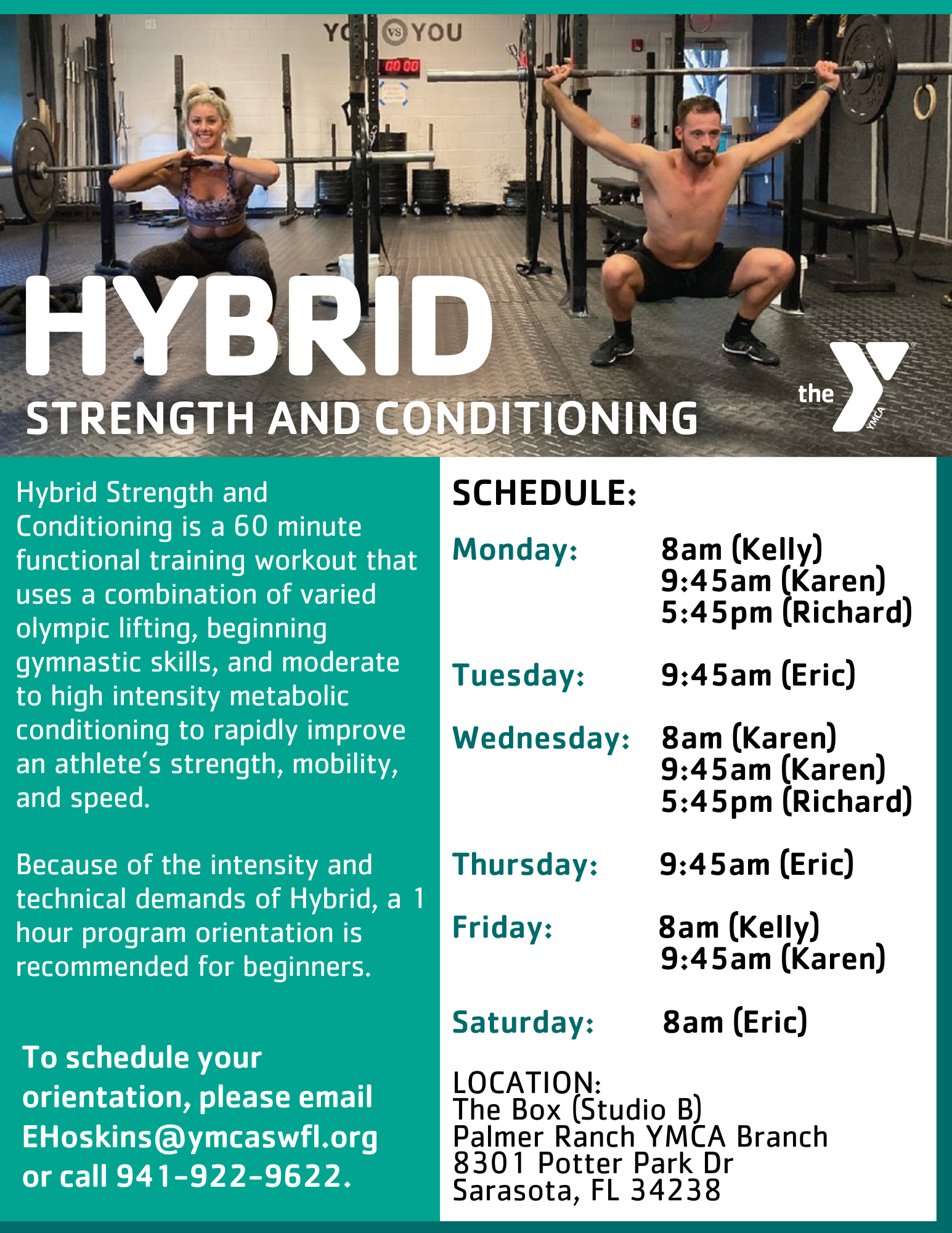
Credit: coresrq.org
Frequently Asked Questions
Is Hybrid Training Good For Muscle Growth?
Yes, hybrid training is good for muscle growth. It combines strength and endurance exercises, maximizing overall muscle development and fitness.
What Are Hybrid Exercises?
Hybrid exercises combine movements from different exercises into one. They target multiple muscle groups simultaneously. Examples include squat presses and lunge twists. These exercises enhance strength, flexibility, and coordination. Hybrid exercises save time and increase workout efficiency.
Is Hybrid Training Good For Fat Loss?
Yes, hybrid training is effective for fat loss. It combines cardio and strength exercises, boosting metabolism and burning calories.
What Is The Hybrid Method Of Training?
The hybrid method of training combines traditional in-person sessions with online learning. It offers flexibility and enhanced engagement.
What Is Hybrid Strength Training?
Hybrid strength training combines weightlifting with cardio to improve both strength and endurance simultaneously.
Benefits Of Hybrid Strength Training?
It enhances overall fitness, improves cardiovascular health, and builds muscle mass efficiently.
Who Can Do Hybrid Strength Training?
Anyone, from beginners to advanced athletes, can benefit from hybrid strength training.
How Often To Do Hybrid Strength Training?
Typically, 3-4 times a week is recommended for optimal results.
Equipment Needed For Hybrid Strength Training?
Basic equipment includes dumbbells, kettlebells, resistance bands, and a treadmill or bike.
Can Hybrid Strength Training Aid Weight Loss?
Yes, it helps burn calories while building muscle, aiding in weight loss.
Conclusion
Hybrid strength training offers a balanced approach to fitness. Combining cardio and strength leads to better overall health. It’s suitable for all fitness levels and goals. Start incorporating hybrid strength training into your routine for improved endurance, strength, and flexibility.
Embrace this effective workout method and see transformative results.

